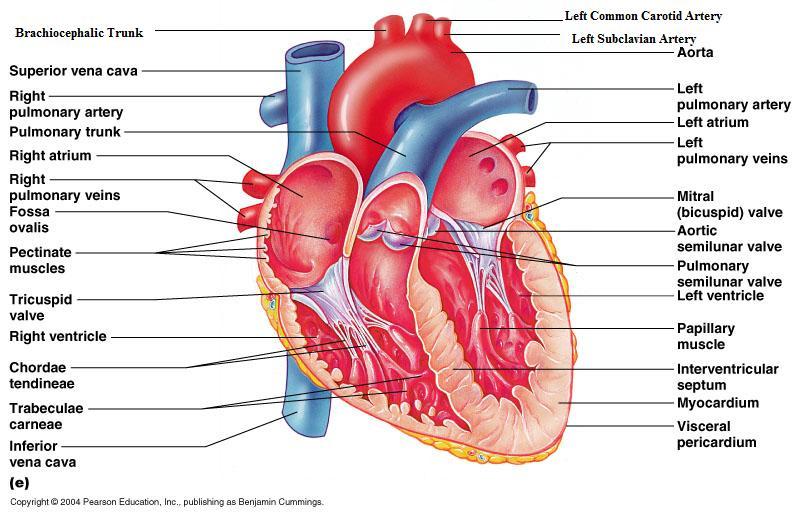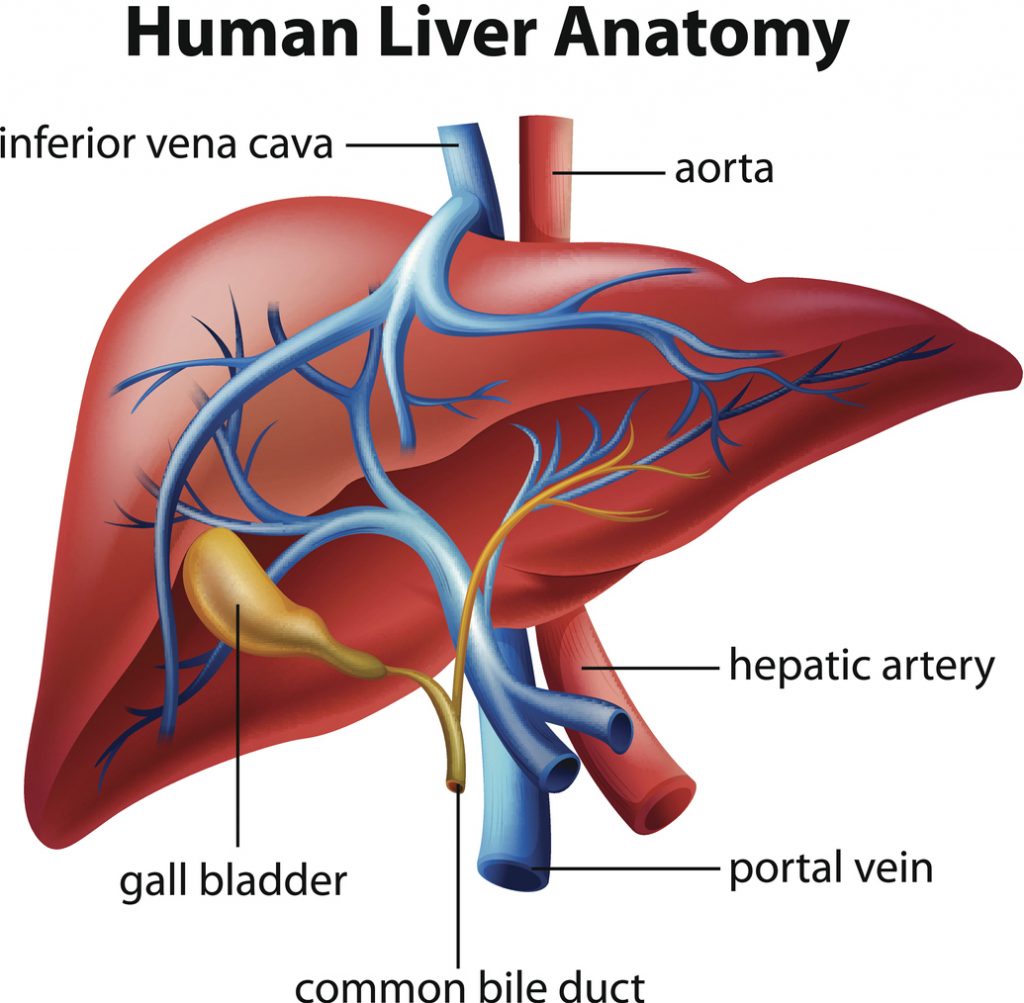The World Health Organization came to a conclusion about the correlation between alcohol consumption and health. There is no amount deemed safe. The declaration was made in 2023, when most could have suspected this. At times, public health organizations are behind in sharing information. Over the years multiple publications have stated how alcohol can negatively impact health. Only now has the WHO settled on a position. Overtime, another statement will be released on the effects of sugar. Even though this has been made official, it will not stop people from drinking. Drinking is done as a form of celebration, a means to reduce stress, or a method of dealing with depression. At extremes, people can become alcoholics. Binge drinking has become more prevalent over the years. If moderate amounts of drinking can be potentially harmful, some might have already caused damage to their bodies . Maybe it is best to think of drinking in the context of smoking. There is no safe amount of cigarette or cigar use. However, people are reluctant to apply this to alcohol consumption. The reason has to do with corporate profit. Companies such as Anheuser -Busch, Molson Coors Beverage Company, Heineken Holding Company, and Carlsberg Breweries will never stop making their products. Temperance movement and prohibition only caused more crime as well as reduction of bodily autonomy. The practical approach is to do a public information campaign. Smoking was only reduced when information of its effects were made public. The process might not be replicated with drinking. Alcohol is served in restaurants, sold in stores, and there are bars. Alcohol is everywhere, so the best approach is to talk about its health effects.
Studies have shown a link to alcohol and certain types of cancer. According to the Agency for Research on Cancer alcohol can be classified as a Group 1 carcinogen. What research suggests is that alcohol consumption could put a person at risk for bowel or breast cancer. The risk can dramatically increase the more alcohol is put into the human body. The typical association with alcohol is liver related diseases. Alcohol’s link to cancer is even more shocking.




The reason for this is the way ethanol beaks down in the body. The degree of toxicity and how the body reacts causes alcohol attributable cancers. The WHO came to this conclusion based on countries examined in the European Union. While the sample size is large enough, it should be done with other continents. If the same pattern is present in Asia, Africa, Latin America, and North America then it can be fully verified.
Scientific verification has never been established for a safe amount of consumption. The definition of light and moderate alcohol consumption can vary. The amount designated by WHO is less than 1.5 litres of wine or less than 3.5 litres of beer. The new information directly challenges the idea that red wine is good for health. Certain studies have asserted that red wine’s antioxidants can protect health. Fruits and vegetables contain antioxidants, so red wine consumption would almost be unnecessary.




Some studies have made the claim red wine protects the cardiovascular system and aids in gut health. What should be understood is that science can be incorrect. Theories that were once were accepted were proven wrong. The same can be said of biomedical science. The few benefits alcohol might have are reduced with large amounts of consumption.
The public health concerns grow as more people drink. Europe according to the WHO data has the highest amount of alcohol consumers. However, they noted a difference related to socioeconomic status. The poor had worse outcomes in relation alcohol related death and hospitalization. Wealth and income does effect health. Then few analyze why people may excessively drink. Frustration with life, depression, or horrible living conditions cause people to start abusing substances. Other times drinking is done as a form of celebration. Parties or general social gatherings have alcohol present. Those reasons are not due to any personal anguish, rather leisure activity. The decline of mental health has a link to excessive alcohol consumption. The rise in alcohol related cancers has been predicted based on the WHO data. According to their estimates 200 million people are at risk in the EU. What this means is healthcare systems could be strained as a result of excessive alcohol consumption. No cure for cancer or alcoholism exists. The reason why the WHO was slow to make this declaration was because this was a gradual development. Solutions must be formulated before excessive alcohol consumption becomes a public health crisis.
Labeling will need to be updated. Cigarettes on the packages tell of possible risks. The same will have to be applied to alcoholic beverages and their packaging. The World Health Organization acknowledged that updates to labeling will be required. Most of the public might not understand alcohol’s link to cancer. Enough of the population understands what it can do to the heart, liver, and kidneys. There could be backlash from corporations that do not want labeling changed. Limiting advertising of alcohol might not be successful as it was with smoking reduction. To counter this some ads just use the phrase “drink responsibly.” The Food and Drug Administration might not be helpful either. The FDA has on multiple occasions approved drugs that either cause severe side effects or caused harm to the public. Changes in labeling and reduce advertisement are practical solutions. A temperance movement inspired ban would be a terrible health public policy. Making the research public knowledge is the only way to curb alcohol related public health challenges.




What it comes down to is a person’s choice. An individual opts to either engage in certain health habits or not. The government or public health institutions cannot force people to change health related behavior. What can be done is making companies update their labeling and letting the possible risk be known. Drinking probably will not be regulated to being less favorable as smoking has become. Learning about long term health problems that come from drinking is the best method. High amounts of alcohol consumption has been linked to breast, throat, esophagus, colon, liver, rectum , and voice box. The public understands how alcohol can cause liver disease and cirrhosis of the liver. The lesser known information is excessive consumption’s link to heart disease, high blood pressure, and stroke. There also is potential for the immune system to be weakened from too much alcohol. If it is true there is no safe amount, then drinking should be done on rare occasions or not at all. The only way to confirm this would be more studies from various public health organizations. Seeing as alcohol producing companies make it available to the public, they should be honest with their labeling. The FDA should not hesitate to force companies to update the labels. Doing so can prevent alcohol dependence or diseases related to over consumption. More research needs to be done to discovered undetected health consequences of alcohol consumption.

You are doing the right thing, Nintendo87. Carry on with that.
LikeLike